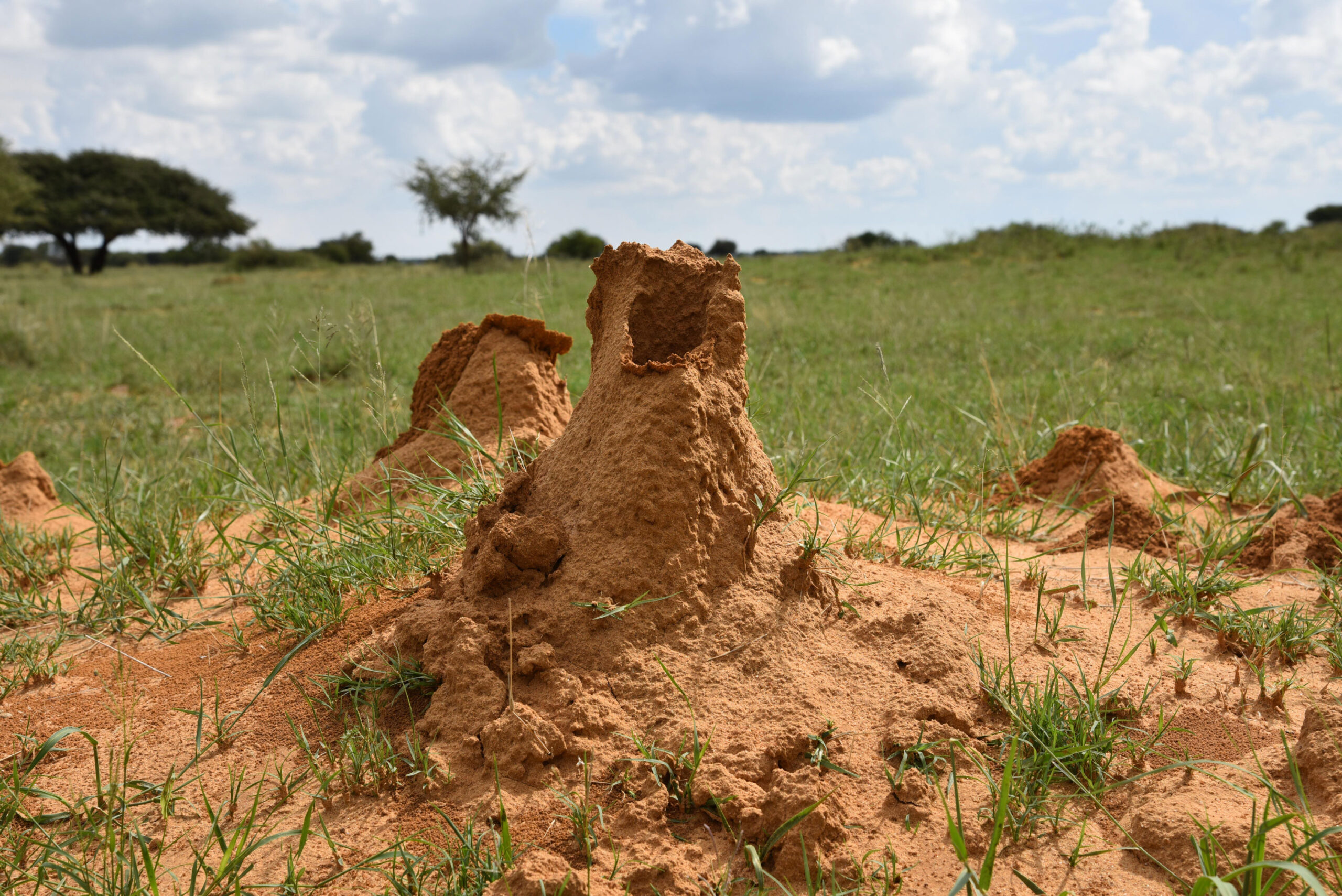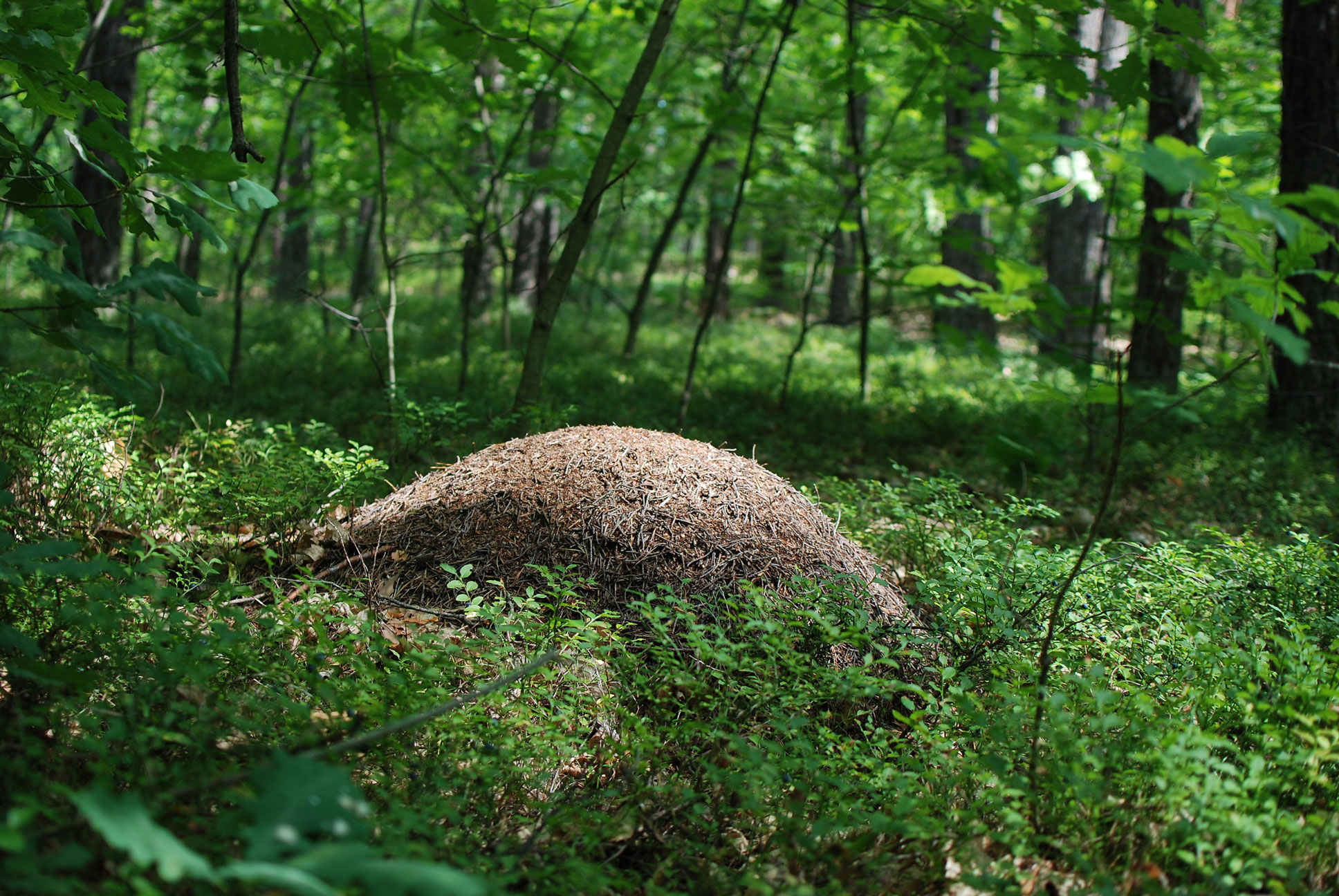Based on a media release from Sun Yat-sen University
Since the Industrial Revolution, global changes have driven declines in biodiversity. Understanding, protecting, and constructing healthy ecosystems is crucial to addressing these changes. A new meta-analysis by an international team including Professor Nico Eisenhauer (iDiv, Leipzig University) revealed that the soil engineering effects of the three major invertebrate groups – termites, earthworms, and ants – can enhance soil nutrient contents, soil respiration rates, microbial biomass, and plant biomass at a global scale. The results have recently been published in Nature.
Termites, ants, and earthworms are widely distributed across the planet, and they represent significant numbers and biomass within soil invertebrate communities. These “ecosystem engineers” contribute to the mixing of the soil, or soil bioturbation, by creating unique structures such as termite mounds, ant nests, and earthworm casts, altering microenvironments and providing food as well as habitat resources for other biological groups. Thus, they have vital roles to play in nutrient cycling and biodiversity maintenance.
A review of over 1,000 articles from six continents
An international team led by Sun Yat-sen University in Guangzhou (China) and supported by iDiv’s synthesis centre sDiv analysed the soil engineering effects of the three major invertebrate groups in different ecosystems across the globe. They reviewed more than 1,000 scientific articles from six continents.
The researchers found that all three groups of invertebrates consistently increased plant biomass, soil microbial biomass, and soil respiration by improving soil macronutrients. For example, as termites prefer warmer climates, their effects on soil respiration and plant biomass are strongest in warmer regions and peak in the tropics. As previous studies show that global warming might increase termite-mediated wood decomposition, these findings suggest that warming might promote net carbon fixation in and around the biogenic structures formed by termites.
From tropical to arid regions: important drivers of plant biomass and fitness
Termites and ants played important roles in boosting plant productivity by counteracting phosphorus and nitrogen limitation in tropical and temperate regions, respectively. For example, termite mounds contributed to increased phosphorus levels in plants and soils in phosphorus-limited regions and, in turn, increased plant biomass. Meanwhile, ant hills significantly increased plant nitrogen content and thus drove plant biomass, especially in nitrogen-limited regions. Prof. Dr. Nico Eisenhauer, group leader at iDiv, co-lead of the sOilFauna working group, and coauthor of the paper, concludes that “…these results indicate that soil invertebrates contribute substantially to the natural carbon sequestration of terrestrial ecosystems”.
The new results also indicate that the effects of termites and earthworms on plant fitness might be more substantial under drier conditions. Higher levels of termite activities have been observed in tropical rainforests due to drought events, and here, they help maintain higher soil moisture, seedling survival, litter/wood decomposition rates, and soil nutrient heterogeneity than in forests without termites. Although earthworms are less abundant in arid regions, earthworm burrowing activities in arid ecosystems are beneficial for plant roots to capture limited nutrients in deeper soil.
The researchers emphasise that the three invertebrate groups contribute to nutrient-rich zones for plants and soil microorganisms. Given that environmental factors modulate many of the soil-engineering effects of ants, earthworms, and termites, environmental changes could also affect the ecosystem functions and biochemical cycles that invertebrates help to shape. “We know that global climate change with extreme events and land-use intensification threaten ants, earthworms, and termites, and it is time to fully recognize their importance for the functioning of ecosystems and protect them accordingly”, says Nico Eisenhauer.
This research was financed inter alia by the Deutsche Forschungsgemeinschaft (DFG; FZT-118). It is a product of an international collaboration including members of the sDiv working group sOilFauna. iDiv’s synthesis centre sDiv supports working group meetings where international scientists work together on scientific issues.
Original publication
(Researchers with iDiv affiliation bolded)
Donghao Wu, Enzai Du, Nico Eisenhauer, Jérome Mathieu & Chengjin Chu (2025). Global engineering effects of soil invertebrates on ecosystem functions. Nature. DOI: 10.1038/s41586-025-08594-y
Contact
Prof Dr Nico Eisenhauer
Head of the research group Experimental Interaction Ecology
German Centre for Integrative Biodiversity Research (iDiv) Halle-Jena-Leipzig
Leipzig University
Phone: +49 341 97 33167
Email: nico.eisenhauer@idiv.de
Kati Kietzmann
Media and Communications
German Centre for Integrative Biodiversity Research (iDiv) Halle-Jena-Leipzig
Phone: +49 341 97 39222
Email: kati.kietzmann@idiv.de
The new findings suggest that warming might promote net carbon fixation in and around the biogenic structures formed by termites
Ant hills significantly increase plant nitrogen content and thus drive plant biomass, especially in nitrogen-limited regions
Please note: Use of the pictures provided by iDiv is permitted for reports related to this media release only, and under the condition that credit is given to the picture originator.

